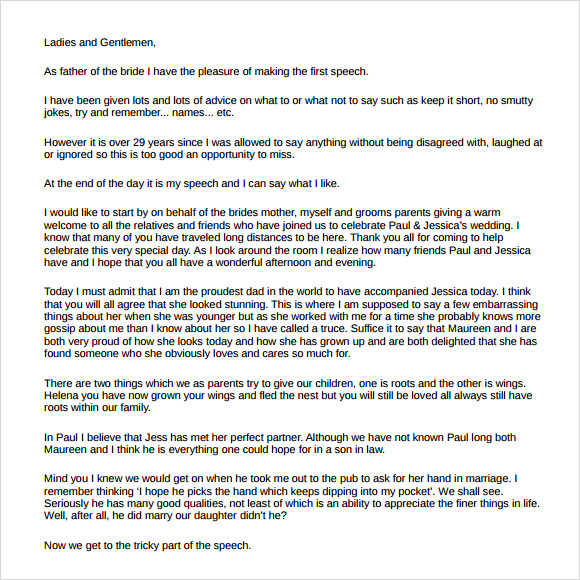

In this respect it took over some of the aspects of the Citadel Journal, an intermittent publication that supported the Warhammer Fantasy Battle game. The last Dungeons & Dragons article appeared in issue 93, with the changeover being complete by issue #102.

In the mid-late 1980s, however, there was a repositioning from being a general periodical covering all aspects and publishers within the hobby niche to a focus almost exclusively on Games Workshop's own products and publications.

Mid-1980s: house magazine of Games Workshop
White dwarf magazine september 2019 digital full#
These could either be slipped into existing campaign plots, or be used stand-alone, just for a fun evening, and were easily grasped by those familiar with RPG rules.ĭuring this period the magazine included many features such as the satirical comic strip Thrud the Barbarian and Dave Langford's "Critical Mass" book review column, as well as a comical advertising series " The Androx Diaries", and always had cameos and full scenarios for a broad selection of the most popular games of the time, as well as a more rough and informal editorial style. This would often be in the form of an attractive and interesting single task for either existing or new characters to resolve. One huge attraction of the magazine was its incorporation of mini-game scenarios, capable of completion in a single night's play, rather than the mega-marathon games typical of the off the shelf campaigns. In addition to this a generation of writers passed through its offices and onto other RPG projects in the next decade, such as Phil Masters and Marcus L. Due to the increase in available space, there was an opportunity to produce reviews, articles and scenarios to a greater depth than had been possible in Owl and Weasel.Įarly 1980s: as a general RPG periodical ĭuring the early 1980s the magazine focused mainly in the 'big three' role playing games of the time: Advanced Dungeons & Dragons, RuneQuest, and Traveller. White Dwarf continued the fantasy and science fiction role-playing and board-gaming theme developed in Owl and Weasel. was a 20-page magazine printed on glossy stock with a two-color cover." The magazine had a bimonthly schedule, with an initial (and speculative) print run of 4,000. According to Shannon Appelcline, "Issue #1. Originally scheduled for May/June 1977, White Dwarf was first published one month later. Steve Jackson and Ian Livingstone initially produced a newsletter called Owl and Weasel, which ran for twenty-five issues from February 1975 before it evolved into White Dwarf. History 1975: Owl and Weasel to White Dwarf 1.3 Mid-1980s: house magazine of Games Workshop.1.2 Early 1980s: as a general RPG periodical.1.1 1975: Owl and Weasel to White Dwarf.Warg Chase in the Wilderness (White Dwarf September 2017) Fatty Bolger's Great Escape (White Dwarf 311) The Search for the Stone (White Dwarfs January and February 2018) A Clash of Companies (White Dwarf April 2019) The Battle of Pelennor Fields (White Dwarf September 2018) The Battle for Erebor (White Dwarf December 2017) This 128-page digital supplement includes the following classic White Dwarf articles: Whether you're a newer player looking to catch up on some classic articles or a veteran who’s after all the best content collated into a single publication, it’s got something for everyone! This supplement includes a collection of the very best Middle-earth articles to grace the pages of White Dwarf over the years. Ever since the Strategy Battle Game burst onto the scene way back in 2001, White Dwarf had featured regular content from Middle-earth – from Battle Reports and tactica to stage-by-stage modelling and painting guides, and even bespoke Scenarios.


 0 kommentar(er)
0 kommentar(er)
